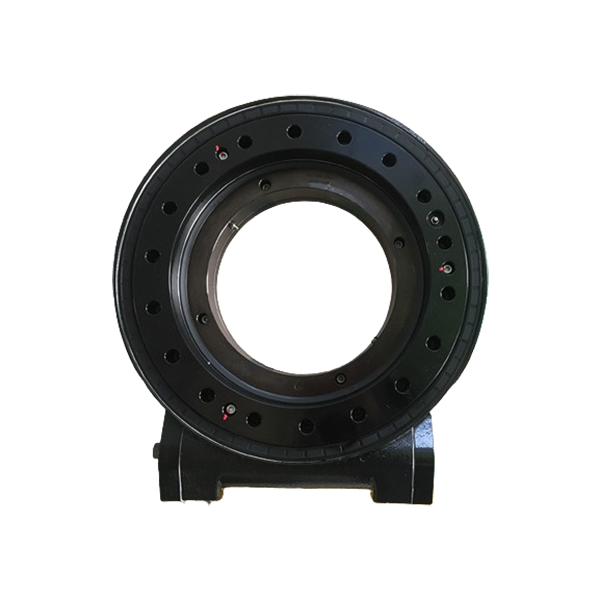Building Tomorrow: The 7 Essential Elements of Sustainable Design
In an era where environmental concerns are at the forefront of global discourse, sustainable building design has emerged as a pivotal approach to architecture and construction. As urbanization accelerates and natural resources dwindle, the need for structures that harmonize with their environment has never been more critical. This article delves into the seven essential elements required for sustainable building design, providing a comprehensive framework for architects, builders, and stakeholders committed to creating a greener future.
- Site Selection and Planning
The foundation of sustainable building design begins with thoughtful site selection and planning. Choosing a location that minimizes environmental impact is crucial. This involves assessing the ecological characteristics of the site, including its biodiversity, water resources, and existing ecosystems. Sustainable site planning also emphasizes the importance of proximity to public transportation, reducing reliance on automobiles, and promoting walkability. By integrating buildings into their natural surroundings, architects can enhance the ecological integrity of the area while fostering community connectivity.
- Energy Efficiency
Energy efficiency is a cornerstone of sustainable building design. This encompasses not only the selection of energy-efficient appliances and systems but also the architectural design that maximizes natural light and ventilation. Utilizing passive solar design principles can significantly reduce energy consumption by harnessing sunlight for heating and cooling. Additionally, incorporating renewable energy sources, such as solar panels and wind turbines, can further decrease a building's carbon footprint. The goal is to create structures that consume less energy while maintaining occupant comfort and functionality.
- Sustainable Materials
The choice of materials plays a crucial role in sustainable building design. Opting for locally sourced, renewable, and recycled materials can significantly reduce the environmental impact of construction. Sustainable materials should also be durable and low in toxicity, ensuring a healthy indoor environment. For instance, using bamboo, reclaimed wood, or recycled steel not only minimizes resource depletion but also supports local economies. Furthermore, the lifecycle assessment of materials—considering their extraction, production, use, and disposal—should guide material selection to promote sustainability.
- Water Conservation
Water conservation is an essential element of sustainable building design, particularly in regions prone to drought or water scarcity. Implementing efficient plumbing fixtures, rainwater harvesting systems, and greywater recycling can drastically reduce water consumption. Additionally, landscape design should prioritize native plants that require minimal irrigation, thereby preserving local ecosystems. By integrating water-efficient technologies and practices, buildings can contribute to the sustainable management of this vital resource.
- Indoor Environmental Quality
Creating a healthy indoor environment is paramount in sustainable building design. This involves ensuring adequate ventilation, natural lighting, and the use of non-toxic materials to enhance occupant well-being. Implementing strategies such as biophilic design—incorporating natural elements into the built environment—can improve air quality and reduce stress levels. Furthermore, maintaining optimal indoor temperatures and humidity levels contributes to overall comfort and productivity. A focus on indoor environmental quality not only benefits occupants but also promotes long-term sustainability.
- Waste Reduction
Sustainable building design must address waste reduction throughout the construction process and the building's operational life. This can be achieved through strategies such as modular construction, which minimizes material waste and allows for easier disassembly and reuse. Implementing recycling programs on-site and selecting materials with minimal packaging can further reduce waste. Additionally, designing for adaptability ensures that buildings can evolve with changing needs, extending their lifespan and reducing the need for new construction.
- Community Engagement
Finally, sustainable building design should prioritize community engagement and social sustainability. Involving local stakeholders in the design process fosters a sense of ownership and ensures that the building meets the needs of its users. This can include public consultations, workshops, and collaborative design sessions. By considering the social context and cultural significance of a building, architects can create spaces that not only serve functional purposes but also enhance community well-being and cohesion.
Conclusion
Incorporating these seven essential elements into sustainable building design is not merely a trend; it is a necessity for a resilient future. As we face the challenges of climate change, resource depletion, and urbanization, the principles of sustainability must guide our architectural practices. By prioritizing site selection, energy efficiency, sustainable materials, water conservation, indoor environmental quality, waste reduction, and community engagement, we can create buildings that are not only environmentally responsible but also enhance the quality of life for all. The journey towards sustainable architecture is a collective effort, and each element plays a vital role in building a better tomorrow.


Average Rating